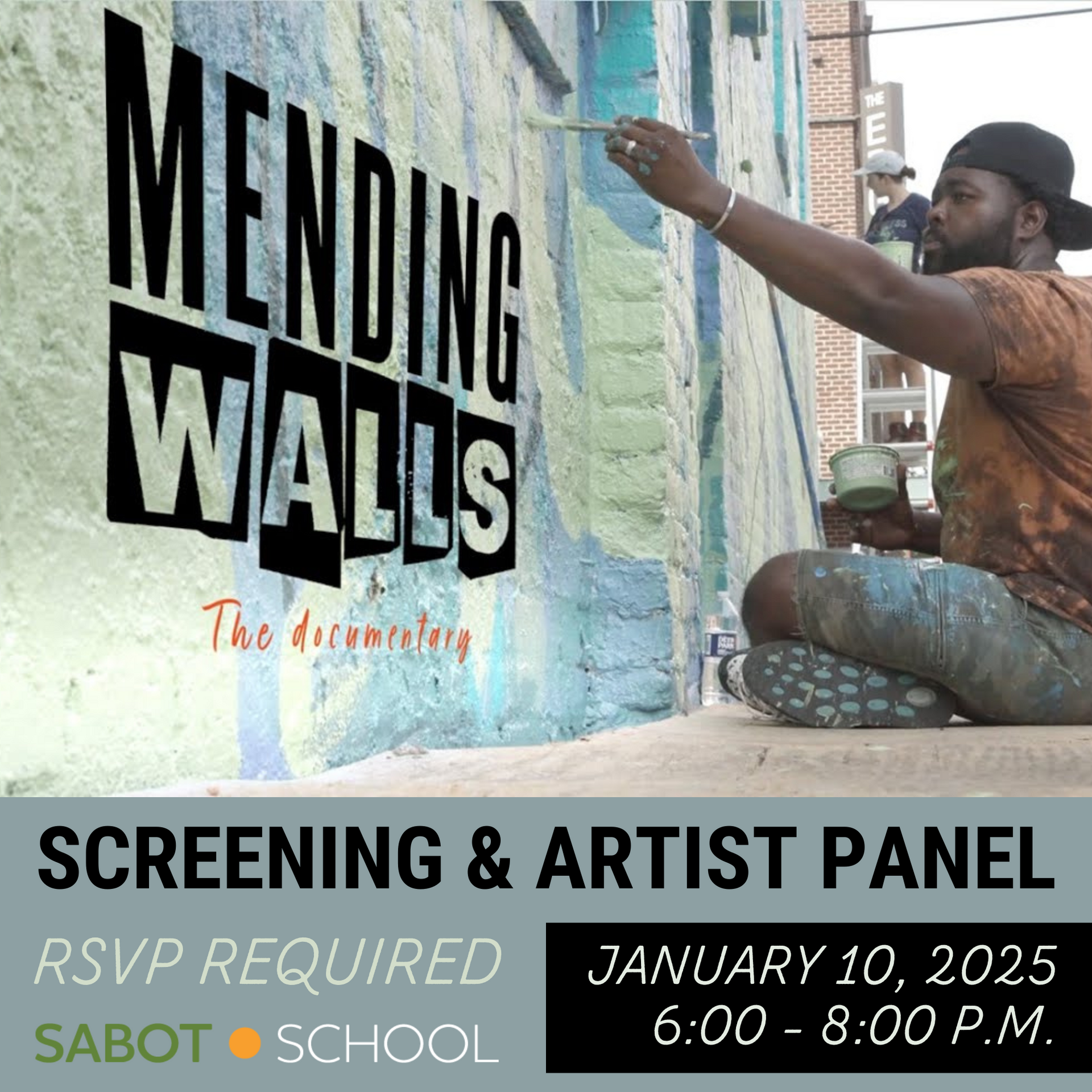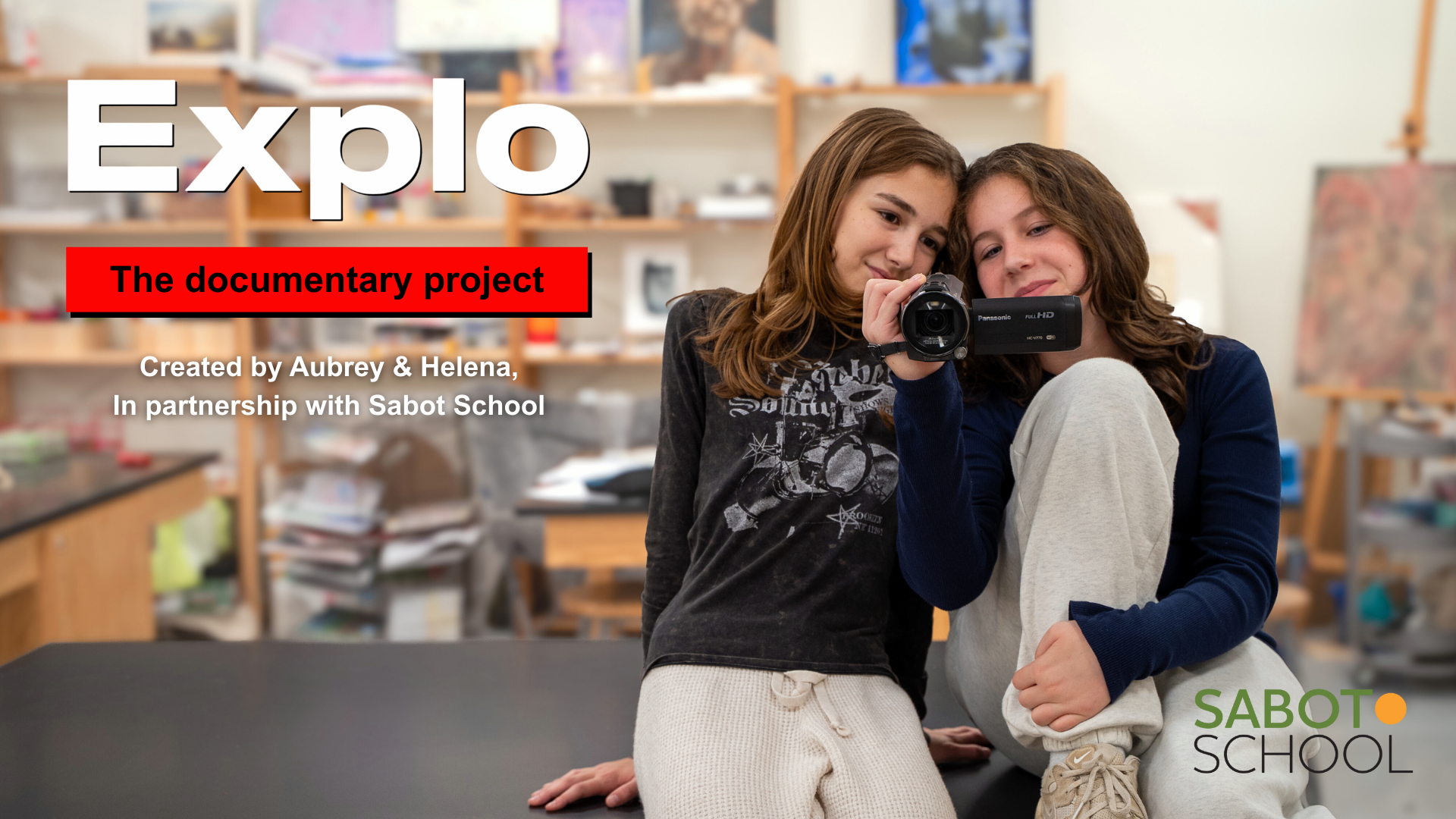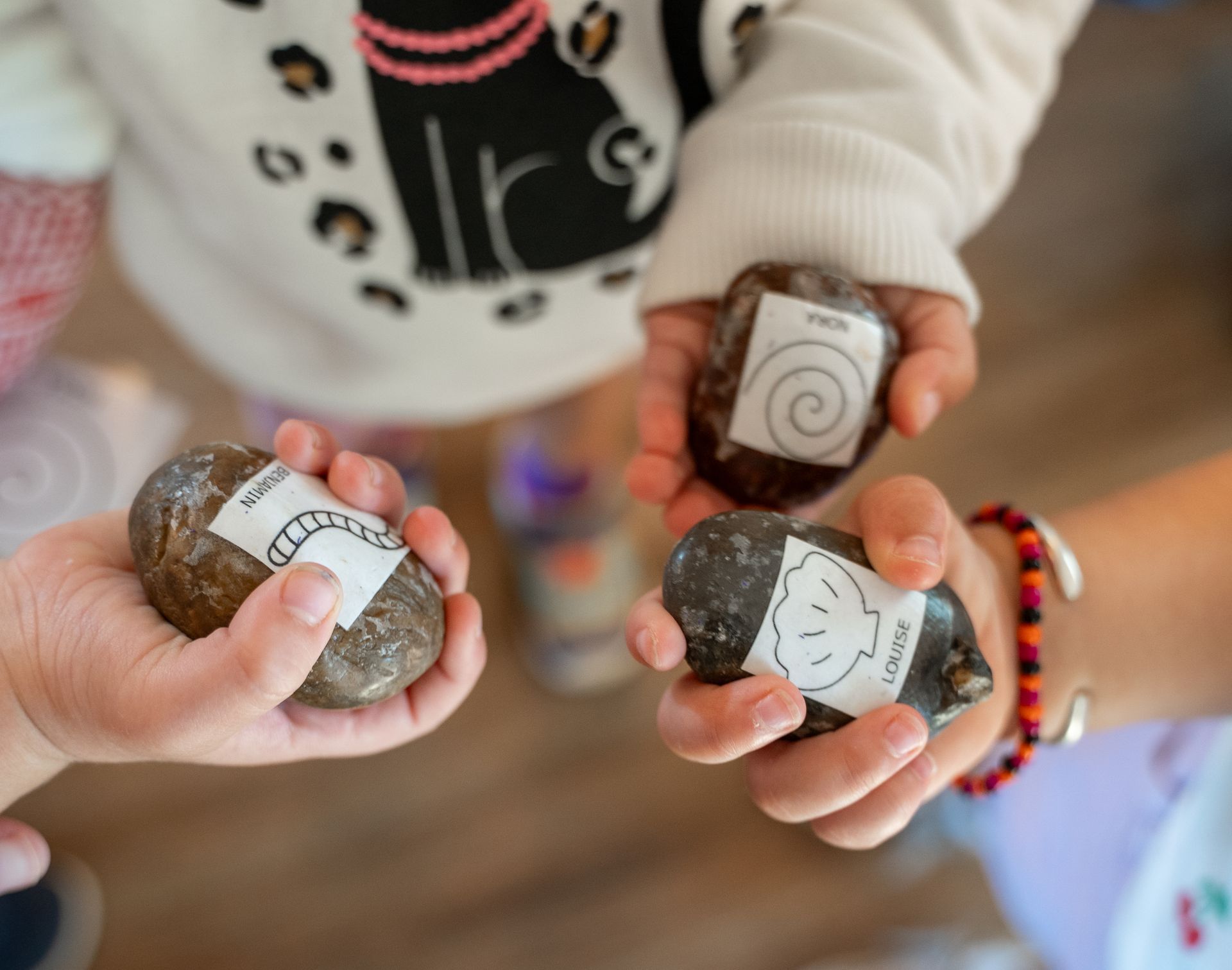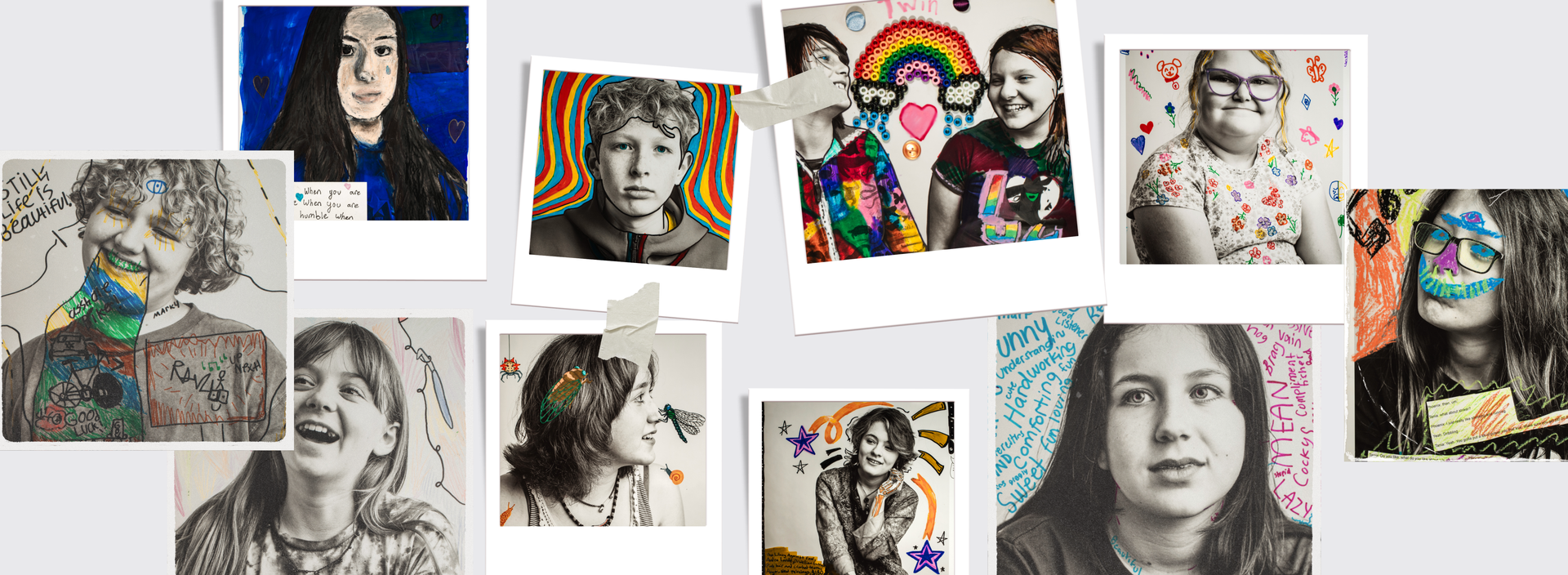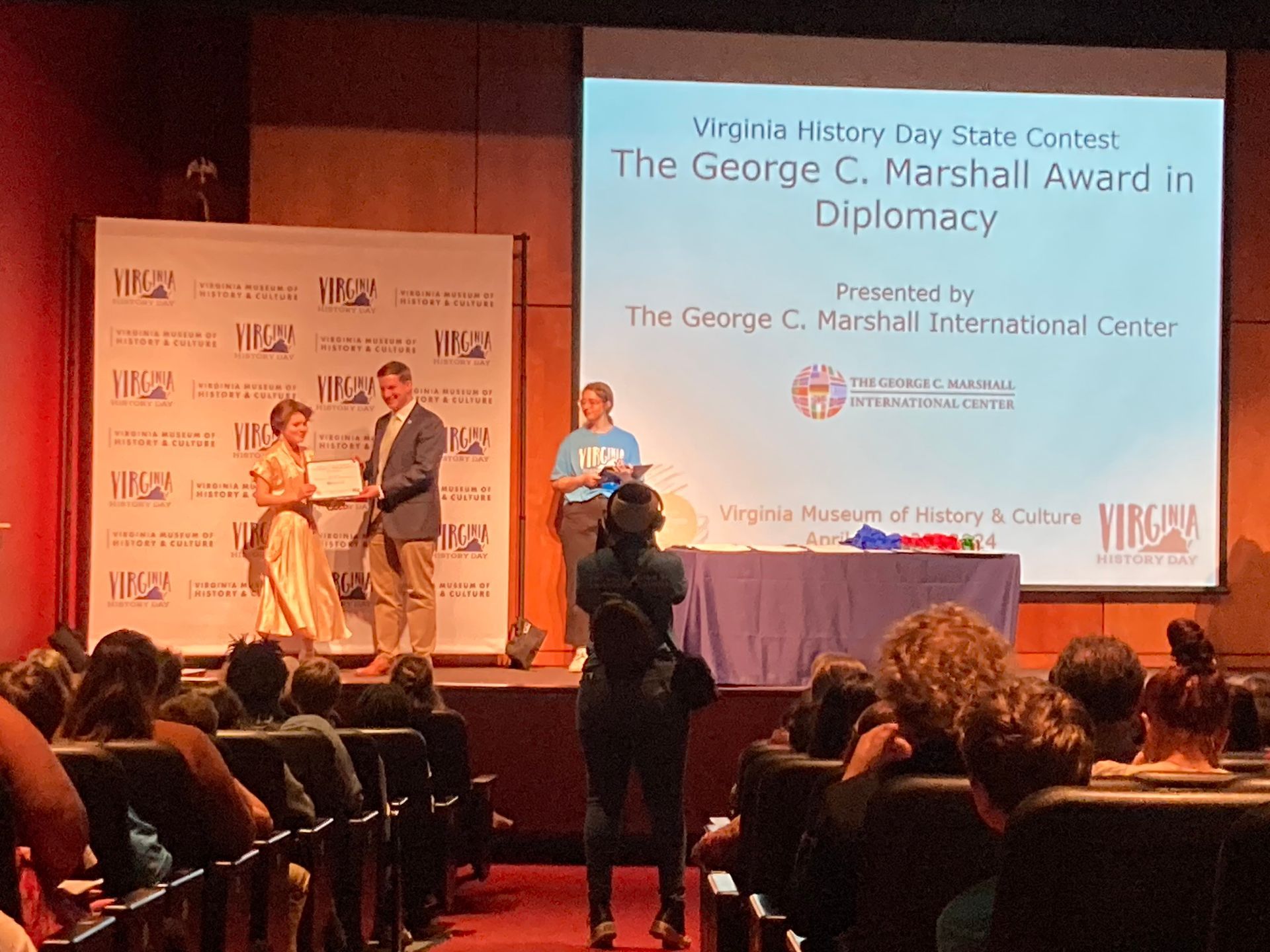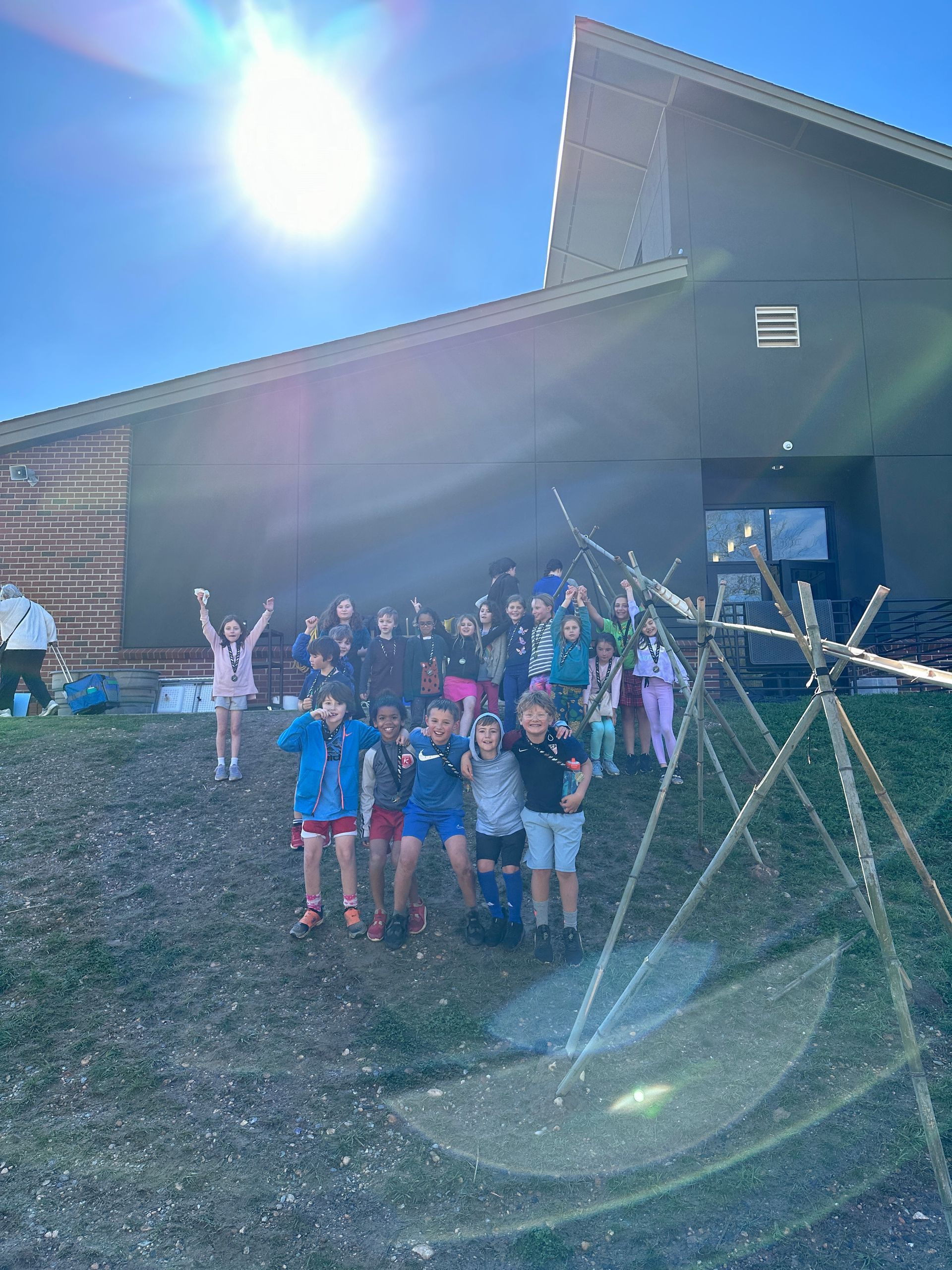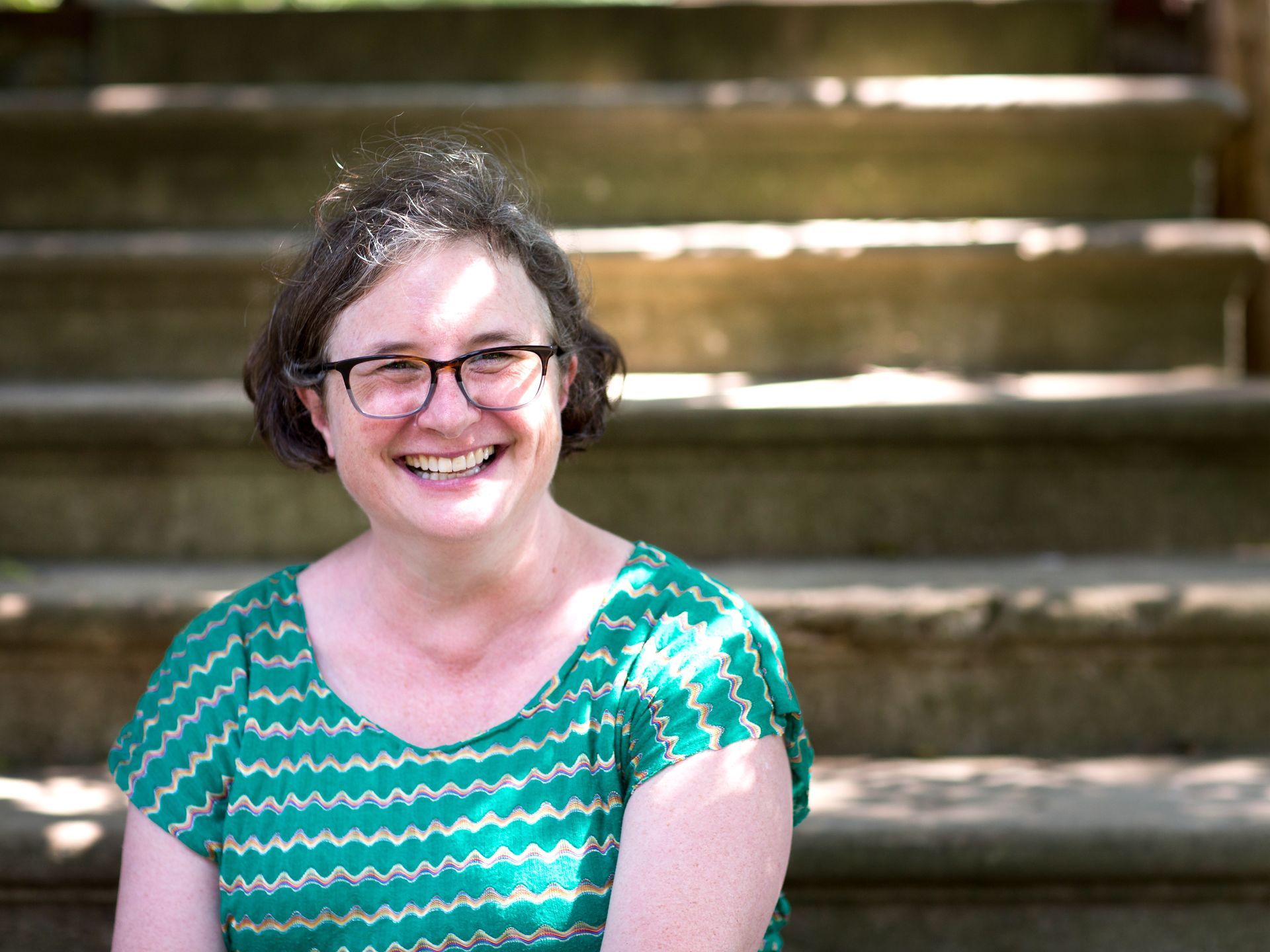Moving Into Movement: Part I
Nothing happens until something moves. (Albert Einstein)
What needs to move first? Curiosity…the catalyst to set learning in motion…
In launching our science Investigative Research this year, we began by asking the children what they were curious about to help move us forward to our next steps. Two groups began to emerge – some students were intensely passionate about engineering while others expressed an interest in expanding upon the animal research that they began as second graders. While these topics were somewhat divergent from one another, what kept bubbling up in their conversations and drawings was a keen interest in physical science – forces, interactions, and specifically, movement.
Children are already experts at movement. They are movement incarnate. It almost seems unnecessary to ask children what movement is – but when we did, we got a window into their already rich understanding of the physical world.
What is movement? What has to happen to cause movement? Why do things move? How do things move?

Hunter: People pushing the stone so the stone moves. The stone is round. Squares won’t move unless you push really hard. A round stone will roll. Size and weight…if it doesn’t weigh much and it’s small, it will be easier to move.
GRAVITY – PLANETARY MOVEMENT

Xander: This is Uranus. There’s a meteor and a spaceship by it. Planets move because of the gravitational pull of the sun

Above: Max P: Uranus gives off a lot of energy. It has fifteen moons. The moons move around in orbit around Uranus. Energy and gravity pull them around.

Right: Graeme: Friction [comes from] something that is fast. The meteor is going fast. The speed makes it get hot. It starts slowly and then it gets faster because it’s falling into the earth’s atmosphere. Gravity makes it go down. Gravity is a thing that goes down. Atmosphere of the earth is where the gravity starts.

Above: Ada’s gravity picture
METEOROLOGICAL AND GEOLOGICAL MOVEMENT


Left: Reese: A river and the wind. The wind makes the current go faster. The waterfall puts pressure on the rocks and water. Right: Juliet: A tornado – there has to be a lot of wind above the clouds and it tunnels down because it is so strong. It lifts things up. It tunnels down and wind whirls around.


Left: Juliette: A volcano erupting. In the bottom, it got so hot, rocks started to melt. When it got full, it gets hotter and explodes. Pressure makes it shoot up. Right: Gabriella: A volcano – heat waves come from the bottom of the volcano. The heat comes from the earth’s core and that makes the volcano’s lava move and come out. 1. Heat waves push lava up and makes it hotter and hotter until it expands. 2. Then it shoots out of the volcano, shooting lava everywhere.
MECHANICAL MOVEMENT


Above: Alexander: [2 pictures] This is a train engine. There are gears that spin in circles with attachments to the wheels and they make them go around.

Reese: The person inside [the tank] pushes on the pedals and it makes the wheels move. The gears are on the wheels. They have ridges that grab onto the belt, which has ridges on it too, so then the squares go into the other two squares. The belt moves, which moves it forward. Without the belt, the wheels wouldn’t have enough friction on the ground to move forward. The belt is rough so that it won’t slip. Tanks are heavy.
PHYSIOLOGICAL MOVEMENT



Left to right: Hailey: The muscles move where you are and the bones and the blood control it. The heart keeps beating. If it’s beating really fast, you’re thirsty. Robbie: Q: What causes movement? A: Your brain. It signals things to move in your body. Your heart pumps blood up to it to make it work. Lila: Diagram: Eyes moving slightly. Heart pumping blood. Mouth moving to talk. Nose moving slightly to smell. Legs and feet moving slightly. Your heart and the air around you causes your body to move. The air is always moving you a little, always fighting the air.

Skylar: This is a red panda. The main thing that makes it move are its legs. It needs bones to walk. Your bones make you move. Without bones, you’d be spaghetti. Your bones make you strong enough to move your whole body.
HOW WE MAKE THINGS MOVE


Left: Neil: A person’s muscles push the pedals which are connected to the chain which spins around the gears and the gears are attached to the wheel which makes the bike move. What makes the bike rider’s muscles move? You have to be alive to move. If your heart is pumping, your muscles can move. Your blood makes your heart pump. Right: Skylar: On a bike, there’s a clear space with gears and chains. It helps the bike move. It helps move the bike when you pedal.
 Left: Max H: The key turns everything on. The gas runs the engine and the pedal. The steering wheel [and] the gears go to the tires and make it turn. Right: The brain tells the foot to kick the soccer ball. The brain also sends blood to the heart to send it down to the foot so the foot can move.
Left: Max H: The key turns everything on. The gas runs the engine and the pedal. The steering wheel [and] the gears go to the tires and make it turn. Right: The brain tells the foot to kick the soccer ball. The brain also sends blood to the heart to send it down to the foot so the foot can move.


Sam: Left: This is a car. I’m driving it. Bob is putting gas into the car to make it run. It also needs to charge up (it’s a hybrid). You need electricity and gas – sometimes one or the other. My car runs on both of them. The pistons run the motor that make the engine run. Right: This is the key. It goes into the hole. A little light turns on. The engine turns on. Push on the gas pedal. It gives gas to the engine to make it run. The engine sucks up the gas.
Alexander: For animals, life makes movement. For machines, if it’s not powered by an engine that puts out smoke…there are electric cars. And batteries [are] kind of like a magnet and [they] attract all the energy and make [things] work.
In asking the children to tap into their background knowledge about various aspects of physical movement, we notice that there is already a rich interplay of personal observation, research, and attention to process – not simply in the recognition of things that move but deeply embedded in the inquisitive “how” and “why” behind the children’s drawings and discussions.
The post Moving Into Movement: Part I appeared first on Sabot at Stony Point.
SHARE THIS POST
